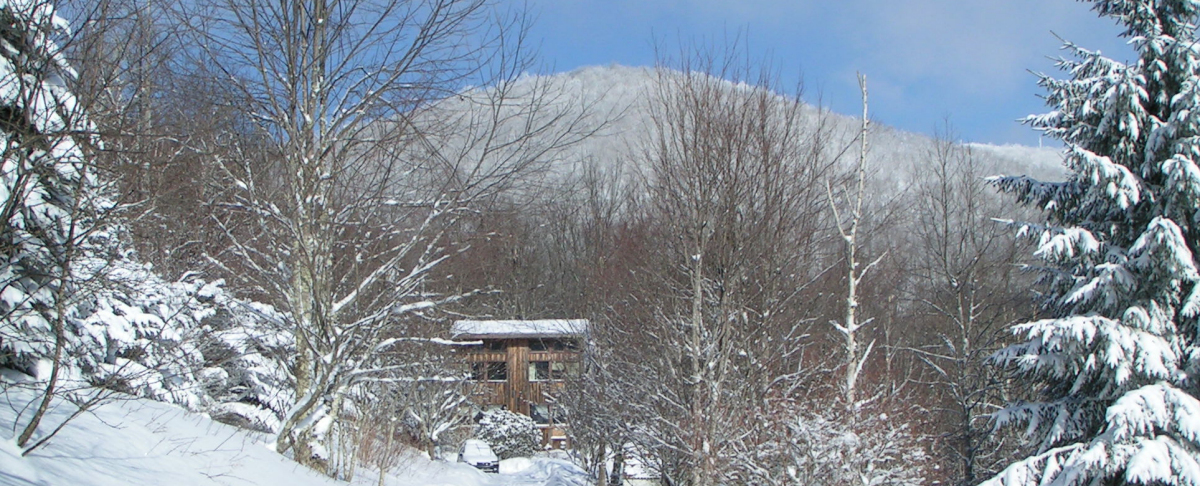We’re closing the year (2017) with a period of cold weather, as is a large portion of the northern US. The temperature when we woke this morning was 14 degrees. The ground was covered with a light dusting of very fine snow and everything was covered in hoar frost (frozen fog). High temperatures for much of the past week were in the 20s and forecasts for the next week show highs in single digits or teens for most days and lows in single digits or lower. Many people think since we live in North Carolina we don’t have cold winters; this is the South after all. But we live in the northwest corner of North Carolina where our state meets Tennessee and Virginia and we live in the mountains, the Appalachians. The closest peaks which surround us range from about 4800 feet to 5600 feet and we nestle on the slope at 4200 feet. We’ve read that each thousand feet of increase in elevation above sea level is equivalent to moving 300 miles farther north. That calculation would put us well up in the upper tier of the US states. Comparing some of our winter temps with relatives and friends in Michigan and Minnesota, our extremes are not very different.
Of course weather depends on much more than just elevation. We get a good bit of snow most years, usually beginning during October and ending as late as May. The year we moved here we actually got about 3 inches on the Memorial Day weekend. The average annual snowfall at our house is probably around 50 inches, but one recent year recorded about 110 inches. The snow usually comes in spurts; we get several inches and then the weather warms and the snow goes away. But some years the ground has been covered from December through March. Our biggest single snowfall was about 30 inches; that required lots of shoveling to get in and out again.
Temperatures can also vary widely. We can usually expect at least a few winter nights when temperatures will drop below zero. Our all time low here at our house was a very chilly 32 degrees below zero. That was cold! But in summers a hot day is in the upper 80s; I don’t recall any days when the high got into the 90s. Average year-round temperature is about 40 degrees, which is the constant temperature of our spring water. We can live with no air conditioning in the house and still be comfortable most summer days. I’ll take that kind of summer heat anytime.
Winds are also a factor in our weather and can be quite a dramatic factor as you move higher up the mountains, particularly in more exposed locations. We are somewhat protected by the mountains to our north and west, but we can still get buffeted. It’s not unusual to have forecasts calling for gusts in the 50 to 60 mph range. We can hear the winds roaring across the ridges and coming down the slopes through the surrounding woods. And we can feel the house shaking during extremes, especially when a hurricane decides to come this far inland as several have during our time here.
So the weather here is interesting, changing frequently enough for our taste. We knew the winters would be cold and we hoped the summers would not be too hot. We have four good seasons, all of which we enjoy. What more could we want?
